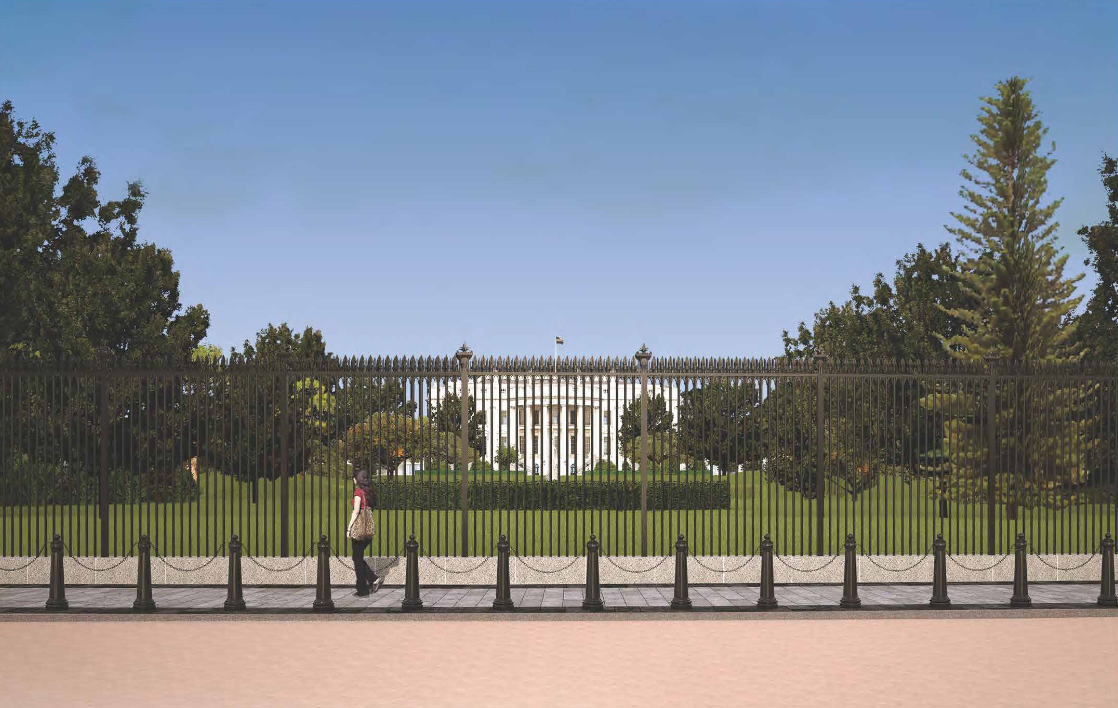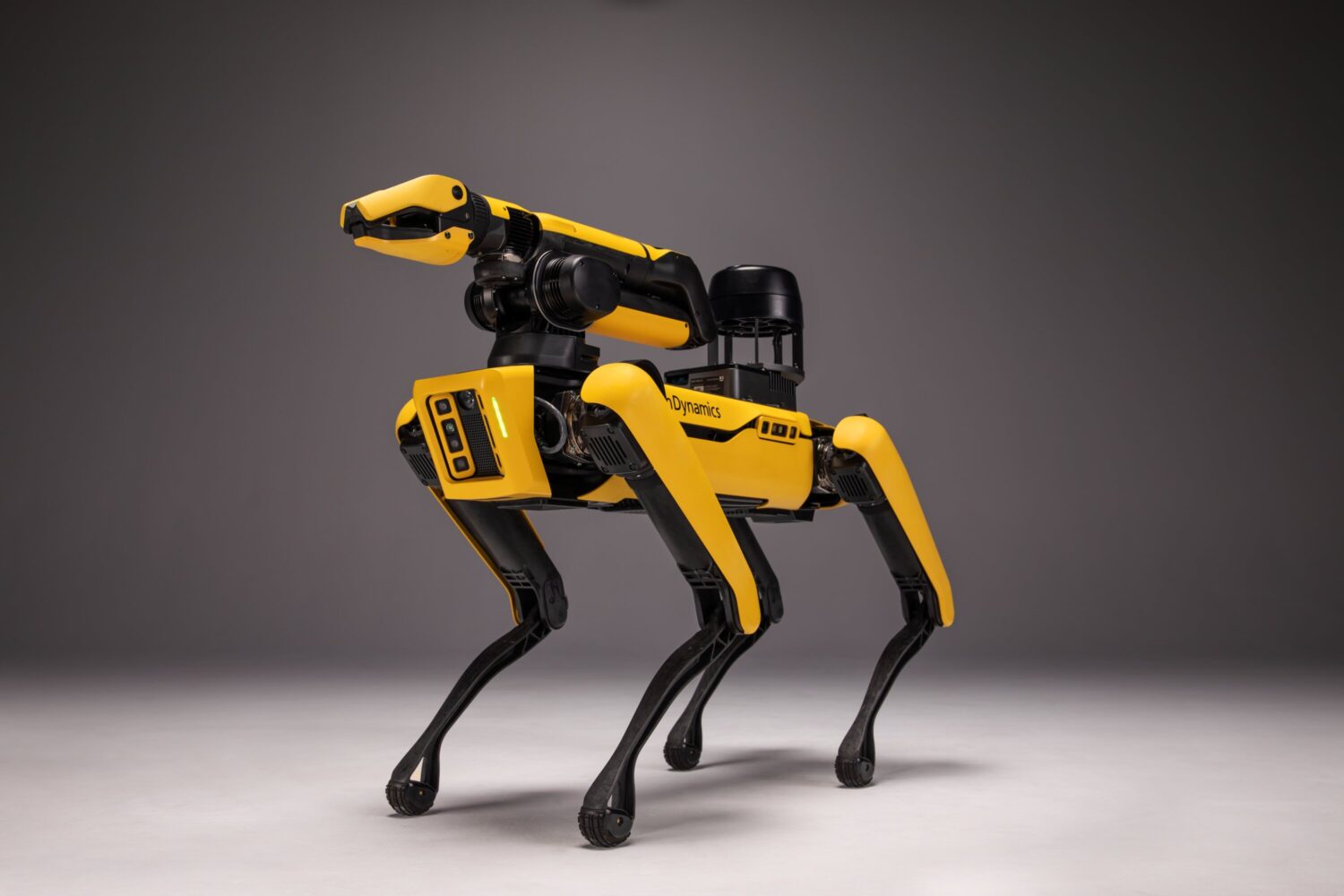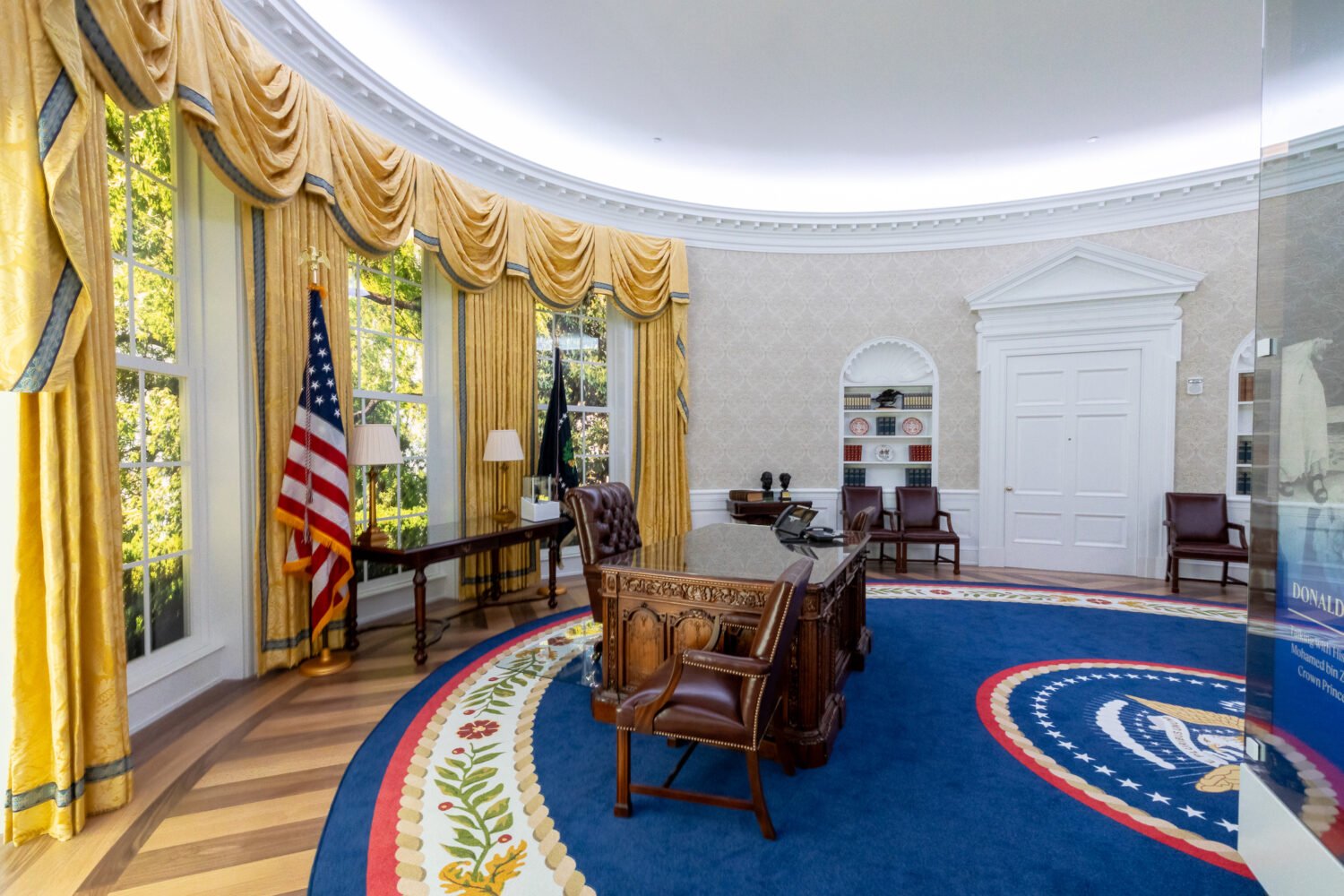Construction began Tuesday on a new 13-foot fence around the White House. The existing fence is six-foot-six inches, and people still manage to find a way to jump the barrier and throw things over it with alarming frequency.
Unlike in many countries, though, the United States retains a historical ambivalence about restricting access to the home of its chief executive that reflects an argument that goes back to the very founding of this nation. Pierre L’Enfant envisioned a “Presidential palace” many times the size of the White House. George Washington was fine with this concept, according to a 1995 report on White House security, but Thomas Jefferson thought it unbefitting to a democracy.
Washington acceded, and as a result, the public has always had some degree of access to the White House. In Jefferson’s day, the public was welcome to wander around except when the President was sleeping or out of town. Even now, you can take a tour of the White House while the President is in the building. The grounds have traditionally been even more accessible—public access to all the grounds wasn’t cut off until World War II. Here’s a history of the gradual ways the “People’s House” has receded from the people.
1801-1808: Jefferson builds a wood fence around the White House and later replaces part of it with a high stone wall that blocks the view from Lafayette Park.
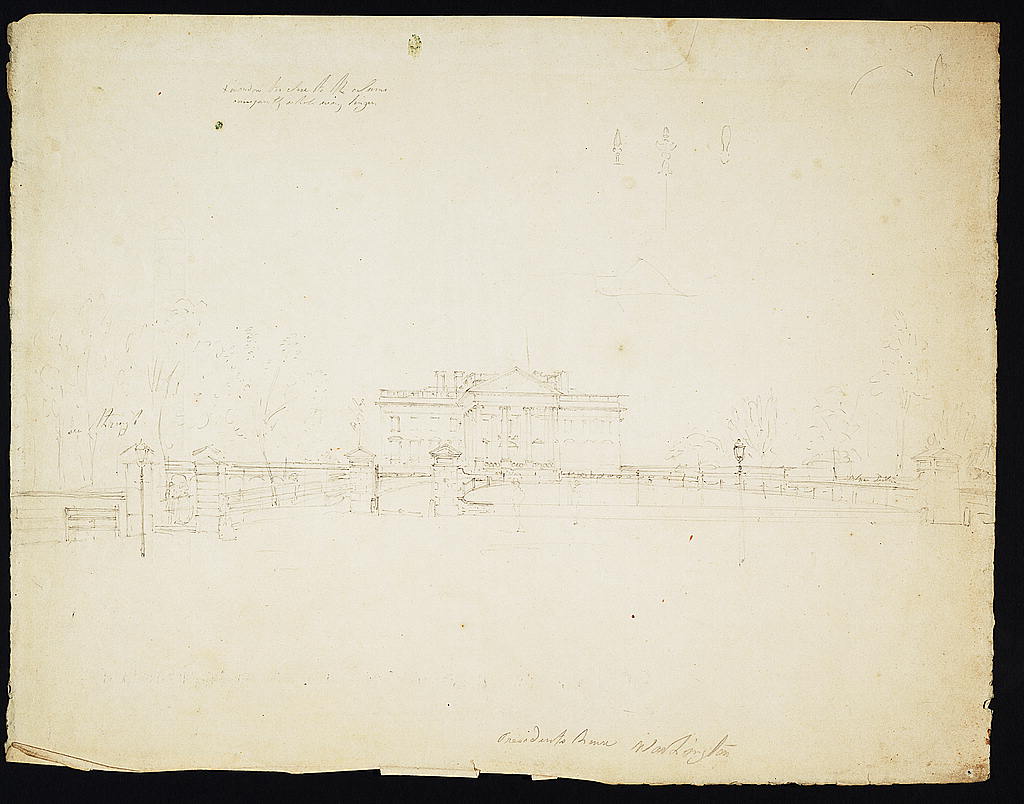
1814: British soldiers burn the White House after 100 volunteers who’d placed a cannon at the North Gate flee.
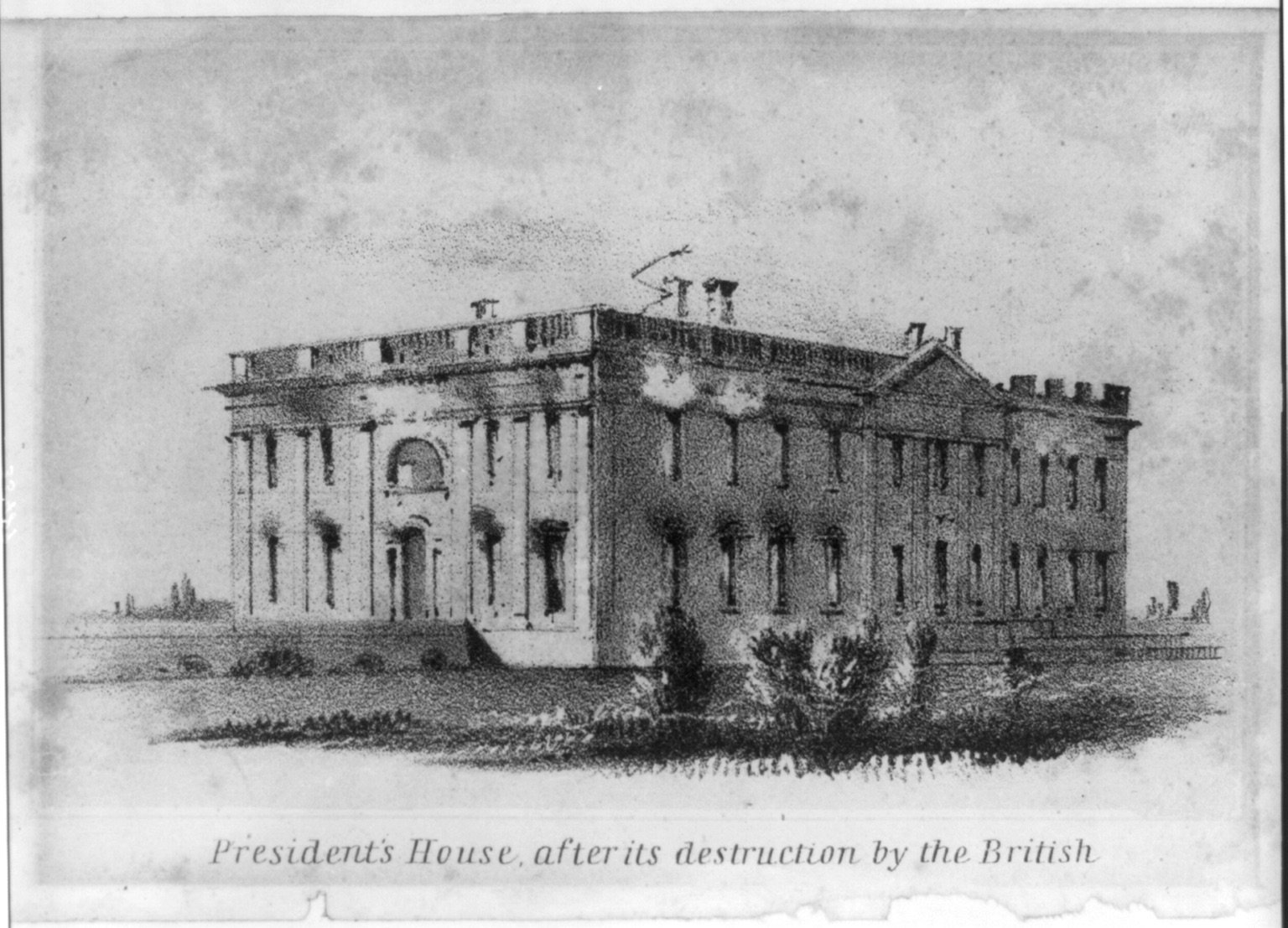
Circa 1818: James Monroe replaces some of Jefferson’s wall with a curved iron fence and a locked gate. Monroe also stationed a “doorkeeper” empowered to deny entry to applicants.
1833: All of Jefferson’s fencing is replaced by an iron fence during Andrew Jackson‘s presidency.
1841: A mob throws rocks at the White House and burns John Tyler in effigy on the lawn as he and his family sleep upstairs. Tyler asks Congress to create a police force to guard the President. While the issue is under consideration, a drunk throws rocks at Tyler while he walks on the South Grounds.
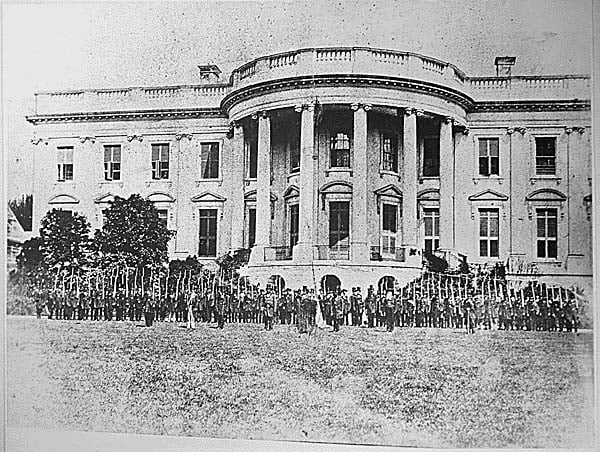
1853: Franklin Pierce employs a full-time bodyguard. He’s the first President to do so.
1864: Four members of the recently formed Metropolitan Police Department are assigned as bodyguards to Abraham Lincoln. One, a comically unqualified officer named John Parker, skips out of Ford’s Theater on April 14, 1865, to get a drink at the nearby Star Saloon, where John Wilkes Booth also drank that evening before entering the theater and killing Lincoln.
1873: Ulysses S. Grant closes the grounds at sunset, but Presidents after him set their own policies.
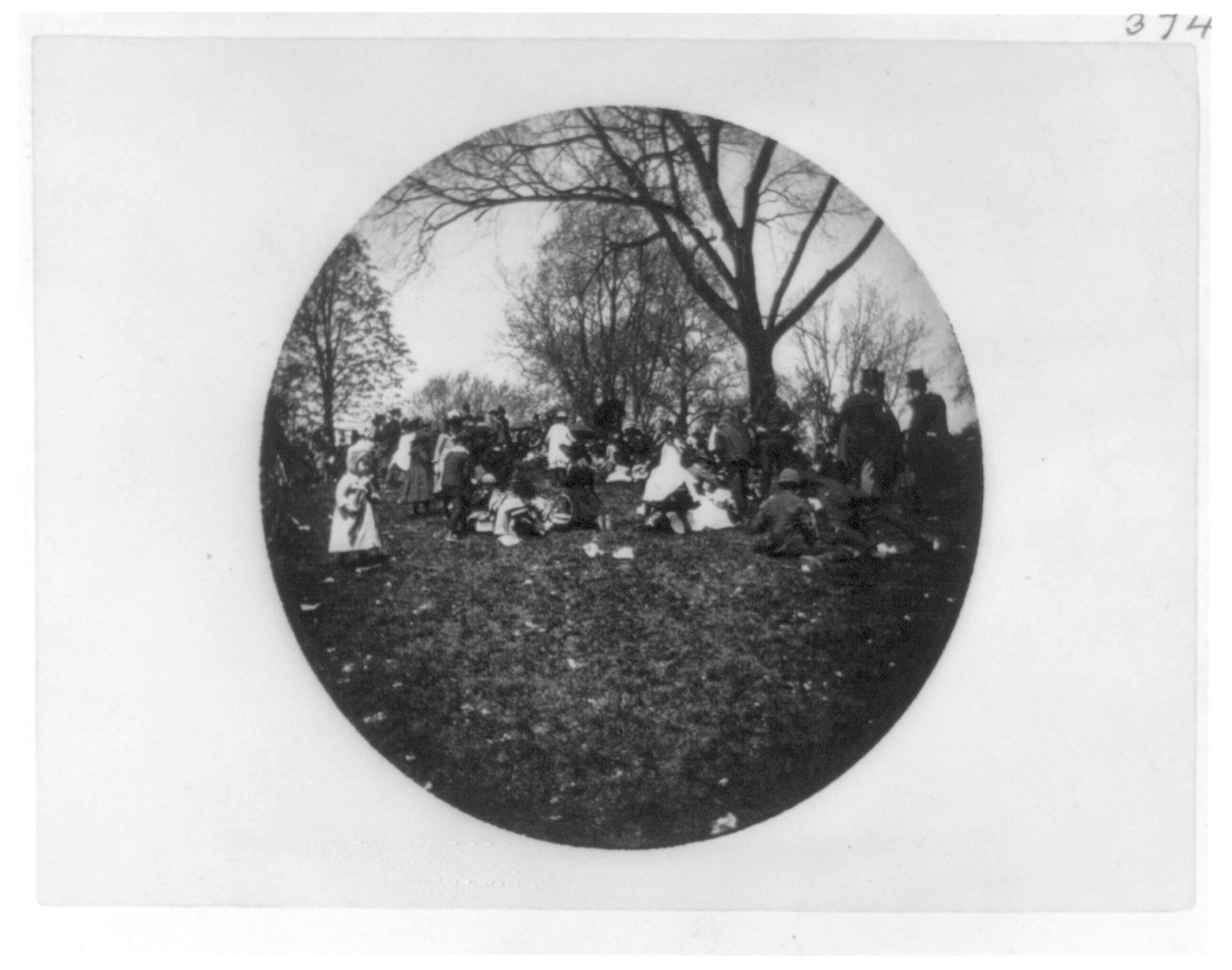
1906: The Secret Service, created to fight counterfeiting, takes formal responsibility for protecting the President.
1917: Woodrow Wilson closes the White House grounds when the US enters the First World War.
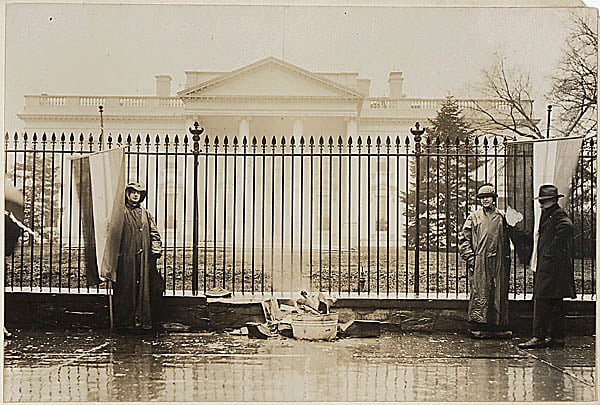
1921: Warren Harding reopens the grounds.
1922: After learning the Metropolitan Police refused to assign its best officers to White House duty, Harding cajoles Congress into establishing a White House Police Force. It has little to do with the Secret Service.
1923: Calvin Coolidge permanently closes the grounds, but pedestrians can still walk nearby.
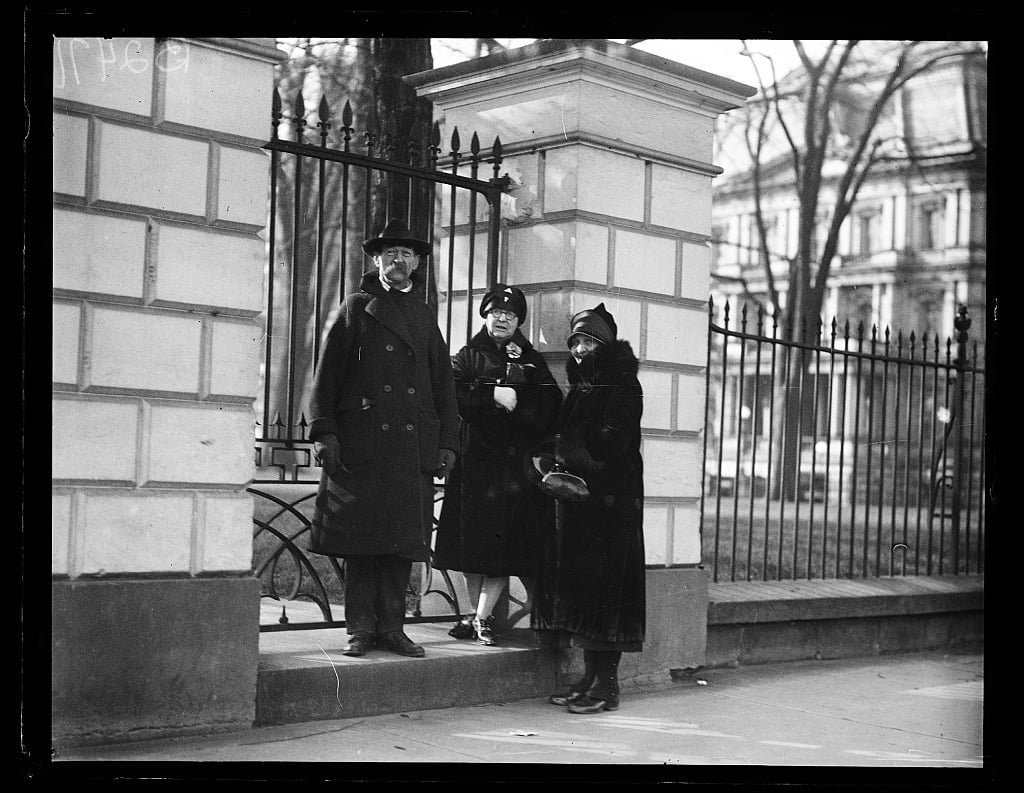
1930: Congress places the White House Police Force under Secret Service control.
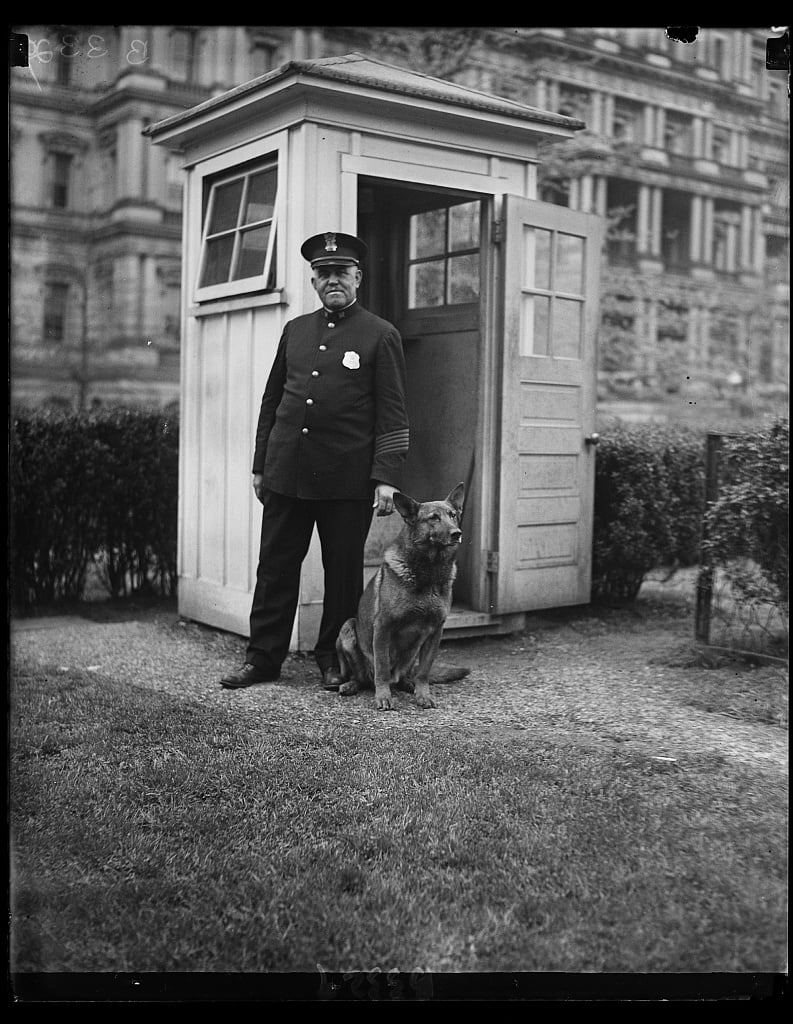
World War II: After the US enters the war, gatehouses appear at the entrances to East and West Executive avenues, which are closed to anyone without an appointment. Armed sentries appear on the White House roof.
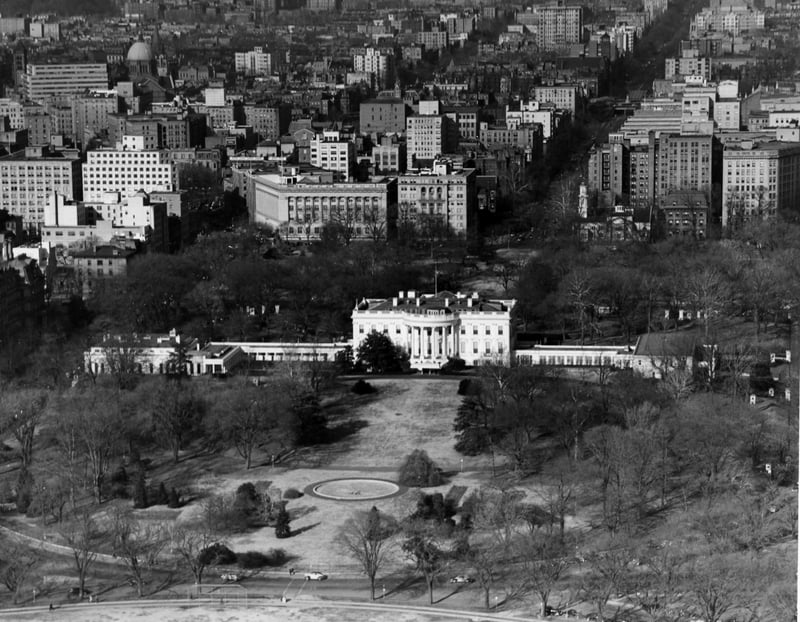
1952: Following an attempt on Harry Truman‘s life at Blair House two years earlier, Congress increases the maximum size of the White House Police Force to 170 officers.
1970: The White House Police Force is renamed the Executive Protective Service.
1974: Two incidents showcase the vulnerability of the White House. In one, a man named Marshall Fields “dressed like an Arab and seemingly laden with explosives,” as the New York Times reported, blows through the gates in his Chevy Impala. In another, US Army Private Robert Preston steals a helicopter from Fort Meade and hovers over the South Lawn, landing briefly. EPS officers are unaware the helicopter was stolen and do not react. An insane scene follows: A Maryland State Police chopper challenges Preston on his way back to Fort Meade. He gets into a dogfight with the Maryland police near the Washington Monument, then returns to the White House, where the Secret Service fires on Preston’s helicopter, forcing it down. He runs toward the White House and is subdued.
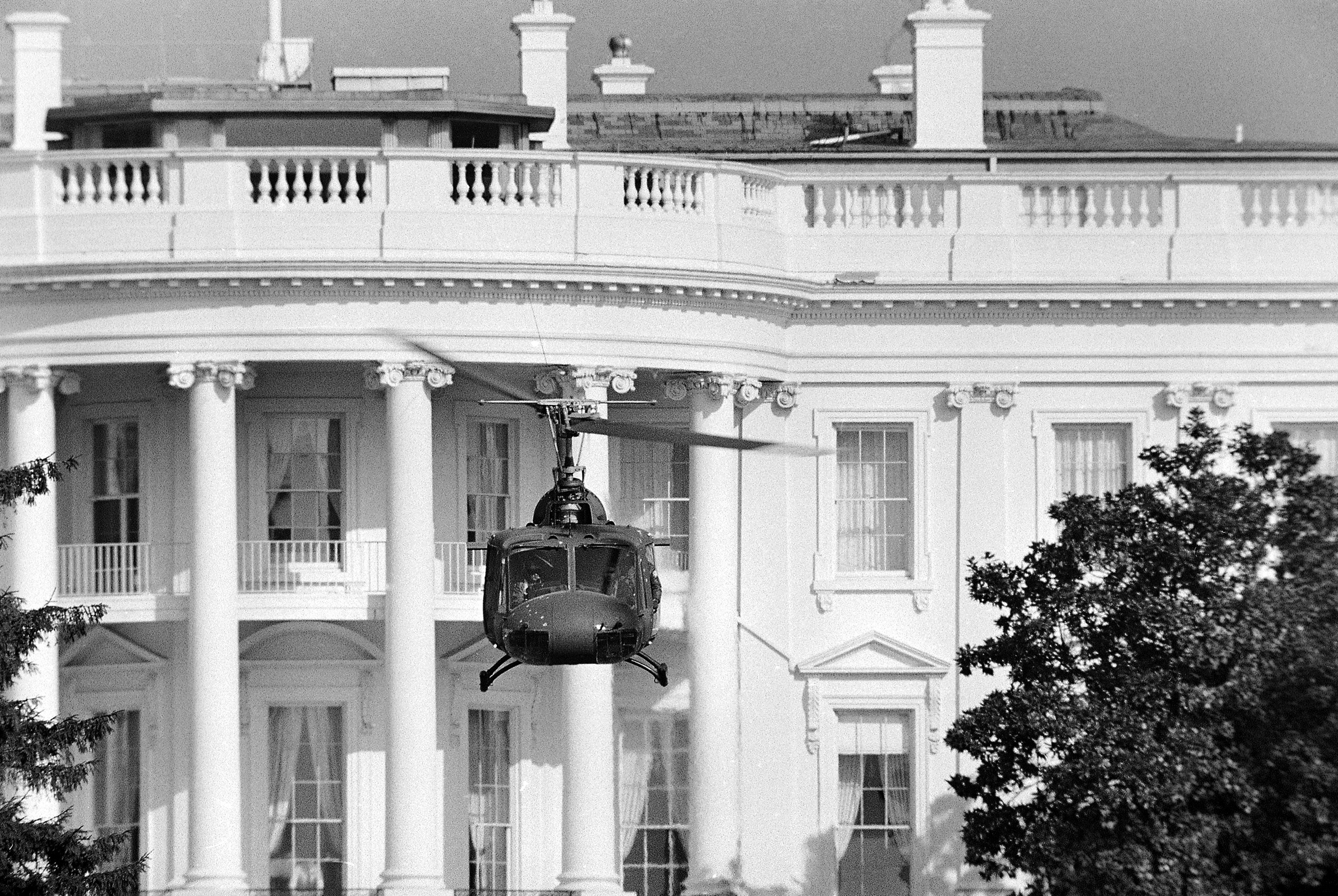
1975: Gerald Gainous Jr. jumps the White House fence and runs into Susan Ford in the driveway. He goes on to jump the White House fence three more times.
1976: A mere 158 years after they’re installed, Monroe’s gates are replaced by crash-proof steel gates. The strength of the new gates is shown in late 1976 when Steven B. Williams rams his pickup into them and flattens the front of his truck.
1977: The EPS is renamed the Secret Service Uniformed Division.
1983: Jersey barriers are installed at the north and south entrances to the White House grounds after a truck bomb kills 241 US service members in Beirut.
1985: A Denver tourist named Robert Latta follows members of the US Marine Band into the White House on the occasion of Ronald Reagan‘s second inauguration and wanders undisturbed through the residence for nearly 15 minutes before being arrested in the Reagan family’s dining room.
1988: Bollards replace the Jersey barriers in front of the White House grounds along Pennsylvania Avenue.
1994: A banner year for intrusions:
• On September 12, after a day spent smoking crack and drinking, Frank Eugene Corder steals a Cessna 150L in Churchville, Maryland, and crashes it on the White House lawn at 1:49 AM. He dies on the scene. The Clintons are spending the night in Blair House because of renovations in the White House. Treasury Secretary Lloyd Bentsen orders what becomes a thorough review of the White House’s security.
• Five incidents in December 1994: Someone fires four shots from a 9mm into the residence from somewhere near the Ellipse. A man threatens a Park Police officer on Pennsylvania Avenue and is subsequently shot in front of the White House. An individual with a “peculiar and extreme interest in the White House” runs through a gate that Secret Service officers opened for an authorized vehicle. A Secret Service officer searches someone near the complex and discovers a pistol. That same day, a man stops his car on E Street between the White House grounds and the Ellipse and leaves the engine running, then books it toward the Washington Monument. When stopped, he claims his car contains a bomb, which was untrue. None of these incidents posed any real threat to the President, the report later stated: “In fact, they are representative of events commonly faced by the Secret Service and the United States Park Police.”
1995: Bill Clinton closes Pennsylvania Avenue to vehicular traffic near the White House, creating a pedestrian plaza between Lafayette Park and the White House. The initiative “ensures that pedestrians may enter and enjoy the White House and its grounds, and feel that distinctively American closeness to those in high office,” a report recommending the move said.
2001: Pennsylvania Avenue is closed to pedestrian traffic, and Jersey barriers are erected around White House entrances.
2004: Pedestrian access is restored. Bollards replace Jersey barriers at 15th and 17th streets.
2015: Removable “anti-climb” spikes are installed on the fence.
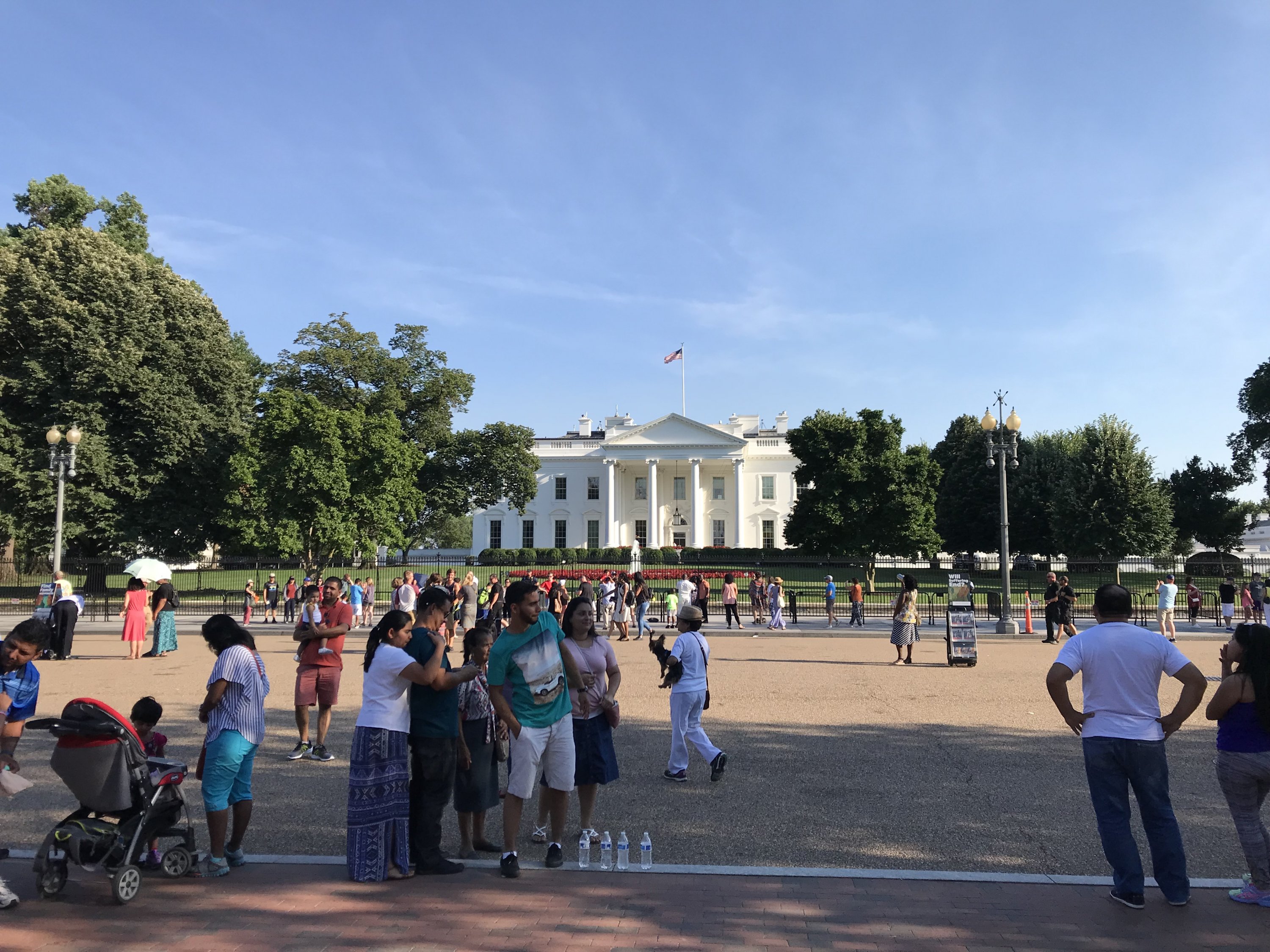
2016: National Park Service and the Secret Service reveal plans for a taller, harder to breach fence with “anti-climb and intrusion-detection technology.”
2017: The Secret Service closes the sidewalk along the south fence to deter jumpers.
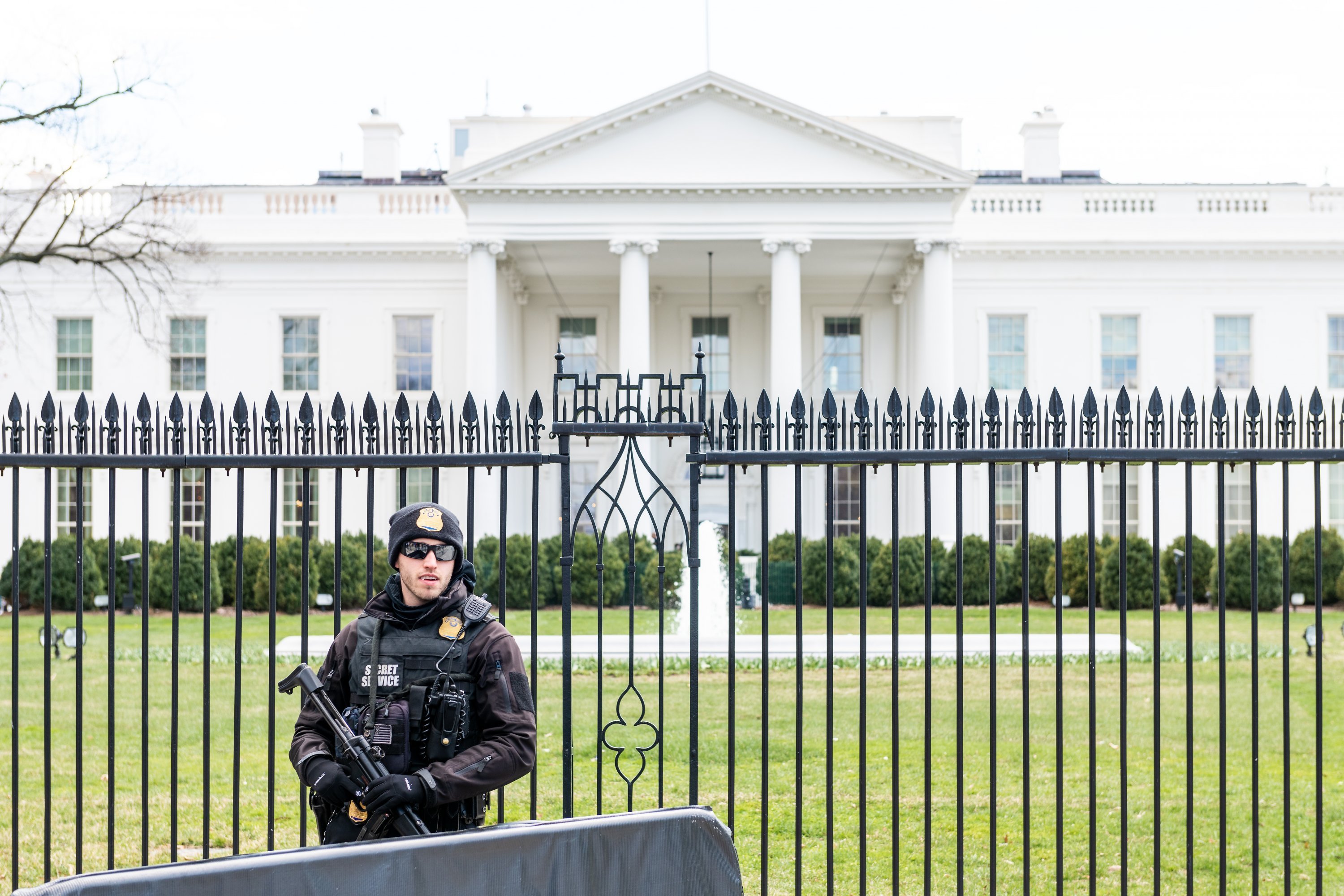
2019: Construction begins on the new fence. Pedestrians and cyclists should expect closures while work continues through 2021.

